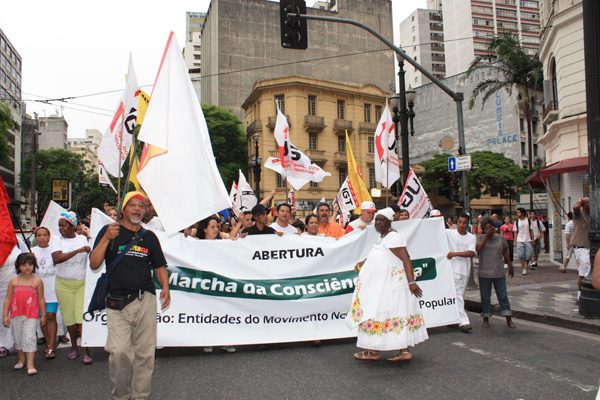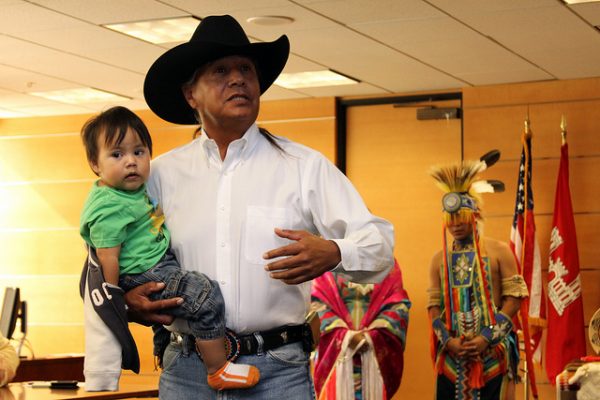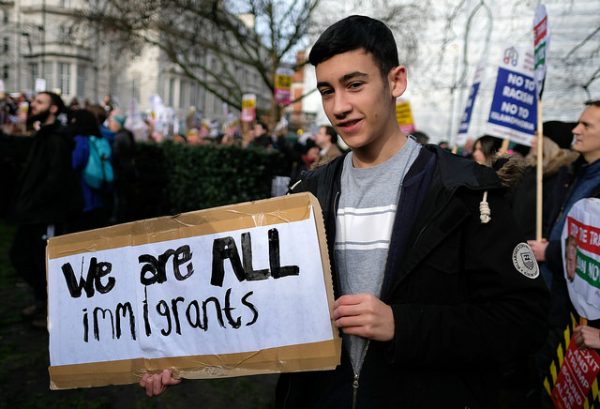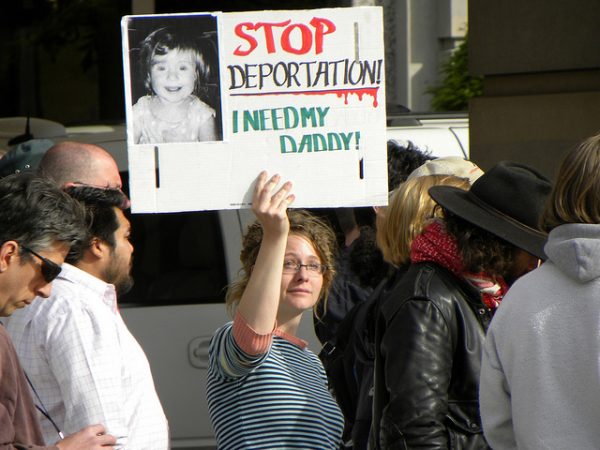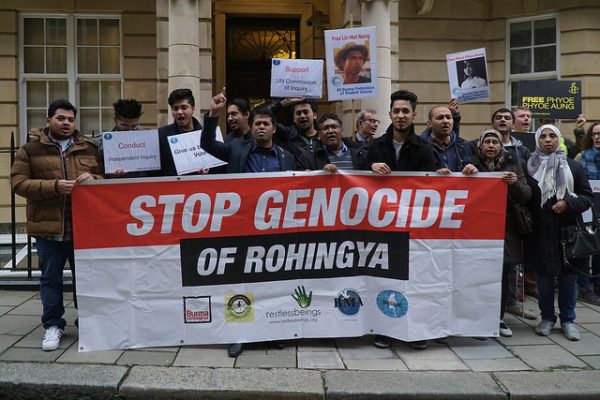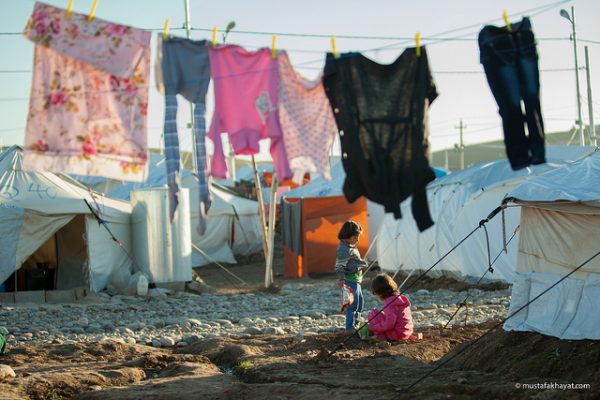
The murder of journalist Jamal Khashoggi sparked criticism of Saudi Arabia across the globe. But a recent New York Times article brings forward a striking paradox – this single incident has drawn far more outrage than Saudi Arabia’s large-scale intervention in Yemen. Over the past three years, thousands of civilians have been killed, half of Yemen’s population is at risk of famine, and over 20 million people need humanitarian aid. This conflict is largely caused by Saudi Arabia’s intervention, like attacks on civilian infrastructure and continual deadly air strikes. These factors caused the United Nations to label the violence in Yemen as 2018’s worst humanitarian crisis. Yet in the United States, this conflict has received only limited attention. Research can help to explain the lack of coverage of this crisis and why distant conflict may result in selective empathy.
Depictions of violence play an important role in understanding distant conflict. Places with a history of violence, like Afghanistan or Syria, become linked with this conflict – violence may become understood as timeless or inevitable. Individuals in conflict zones are then minimized into stereotypes, like tribal savages or helpless, incapable victims.
- Victoria M. Esses, Scott Veenvliet, Gordon Hodson and Ljiljana Mihic. 2008. “Justice, Morality, and the Dehumanization of Refugees.” Social Justice Research 21(1): 4-25.
- Dag Tuastad. 2003. “Neo-Orientalism and the New Barbarism Thesis: Aspects of Symbolic Violence in the Middle East Conflict(s).” Third World Quarterly 24(4): 591-599.
- Makau W. Mutua. 2001. “Savages, Victims, and Saviors: The Metaphor of Human Rights.” Harvard International Law Journal 42(1): 201-45.
Aid campaigns can unintentionally reinforce these depictions. While campaigns that feature starving children or crying mothers are often well-intentioned, they can reinforce dehumanizing depictions by characterizing groups only through their suffering. In such campaigns, civilians caught up in conflict are displayed as objects of pity, rather than people with rich lives that were devastated by violence. And more concerning, real suffering can be reduced to a tool to remind viewers of their own luck or deserving.
- Andrea Lobb. 2017. “Critical Empathy.” Constellations 24(4): 594-607.
- Carolyn Pedwell. 2012. “Affective (Self-) Transformations: Empathy, Neoliberalism, and International Development.” Feminist Theory 13(2): 163-179.
While we understand our own lives as complex, our conceptualizations of others are often less vivid – such comparisons tone how we understand ourselves and those around us. This contrast can result in stereotypical depictions of groups we see as distant from ourselves. For example, Edward Said argued that influential Western texts about Africa and Asia exoticized these places and the people that lived there. These simplifications become particularly problematic during times of violence because those experiencing conflict in far-away spaces may be understood as less complex and, therefore, less deserving of empathy.
- George H. Mead. 1934. Mind, Self, and Society: From the Standpoint of a Social Behaviorist. The University of Chicago Press.
- Edward Said. 1978. Orientalism. Pantheon Books.
The cultural and physical distance of international conflict can affect empathy, one reason that front-page coverage of Yemen has been limited. However, those seeking a deeper understanding of conflict can challenge these depictions by informing themselves about the history and day-to-day reality of violence and those who experience it. Doing so has the potential to counter these simplified tropes about conflict across the globe.


